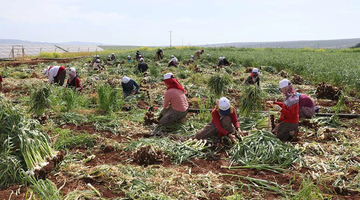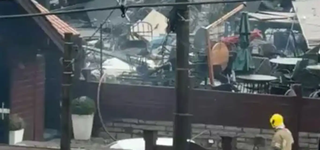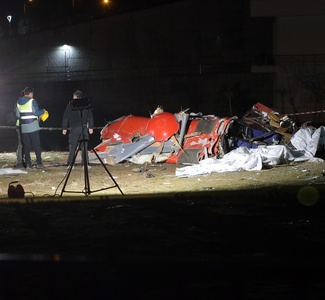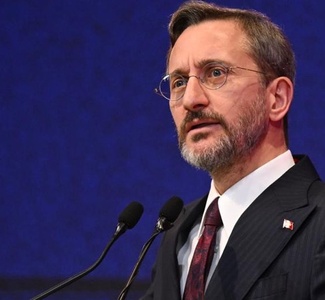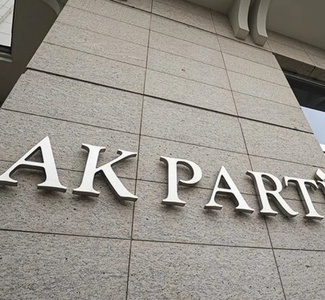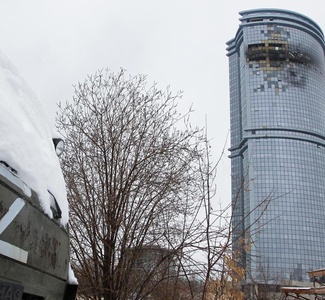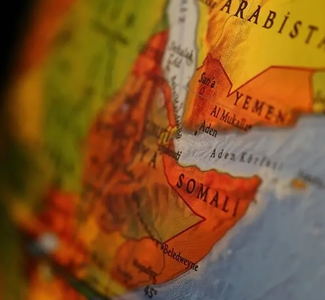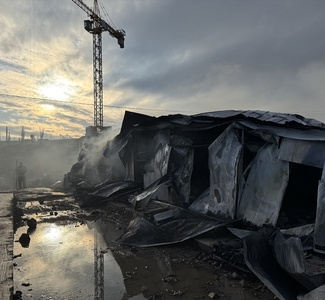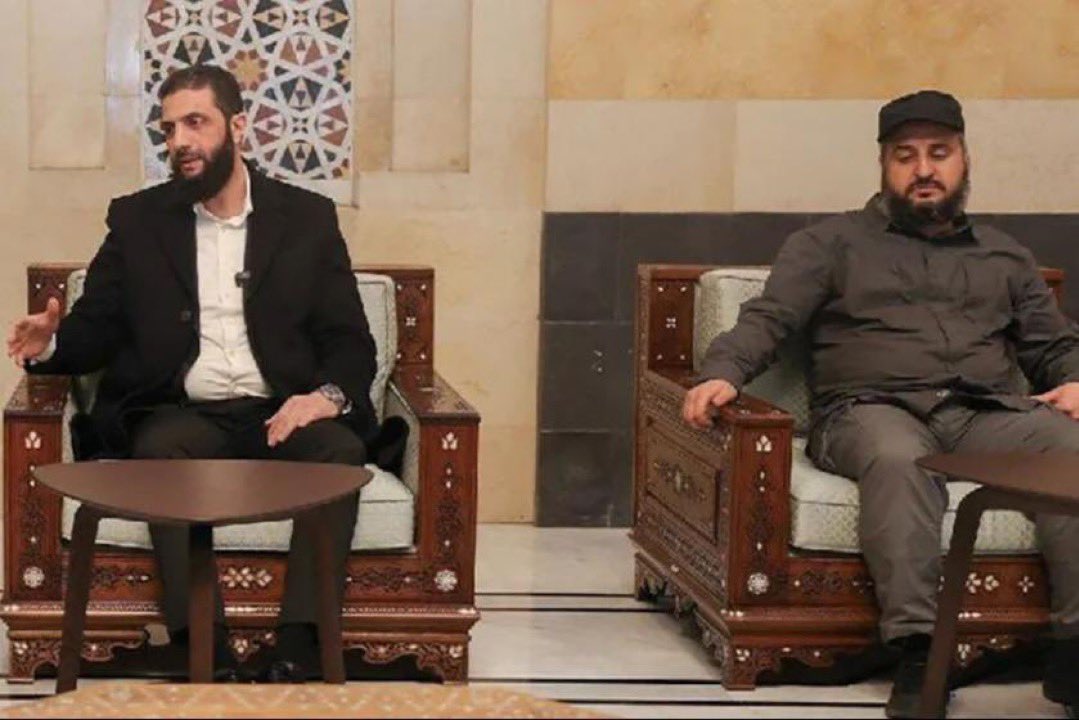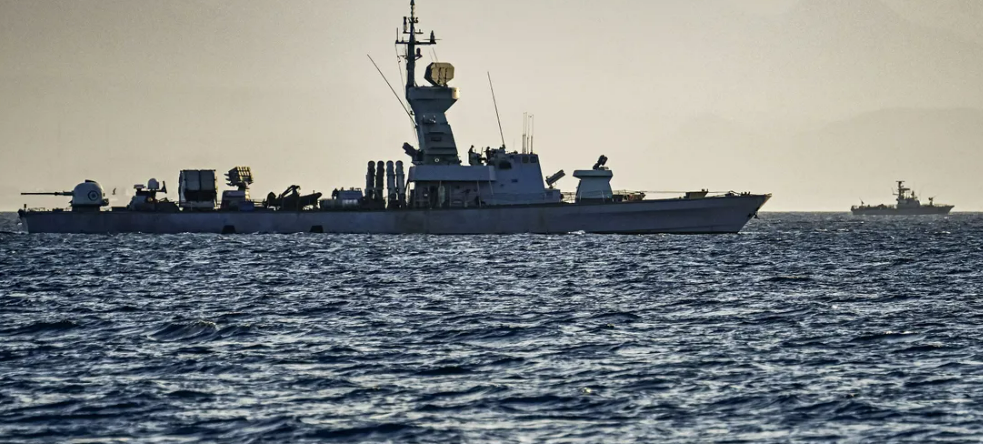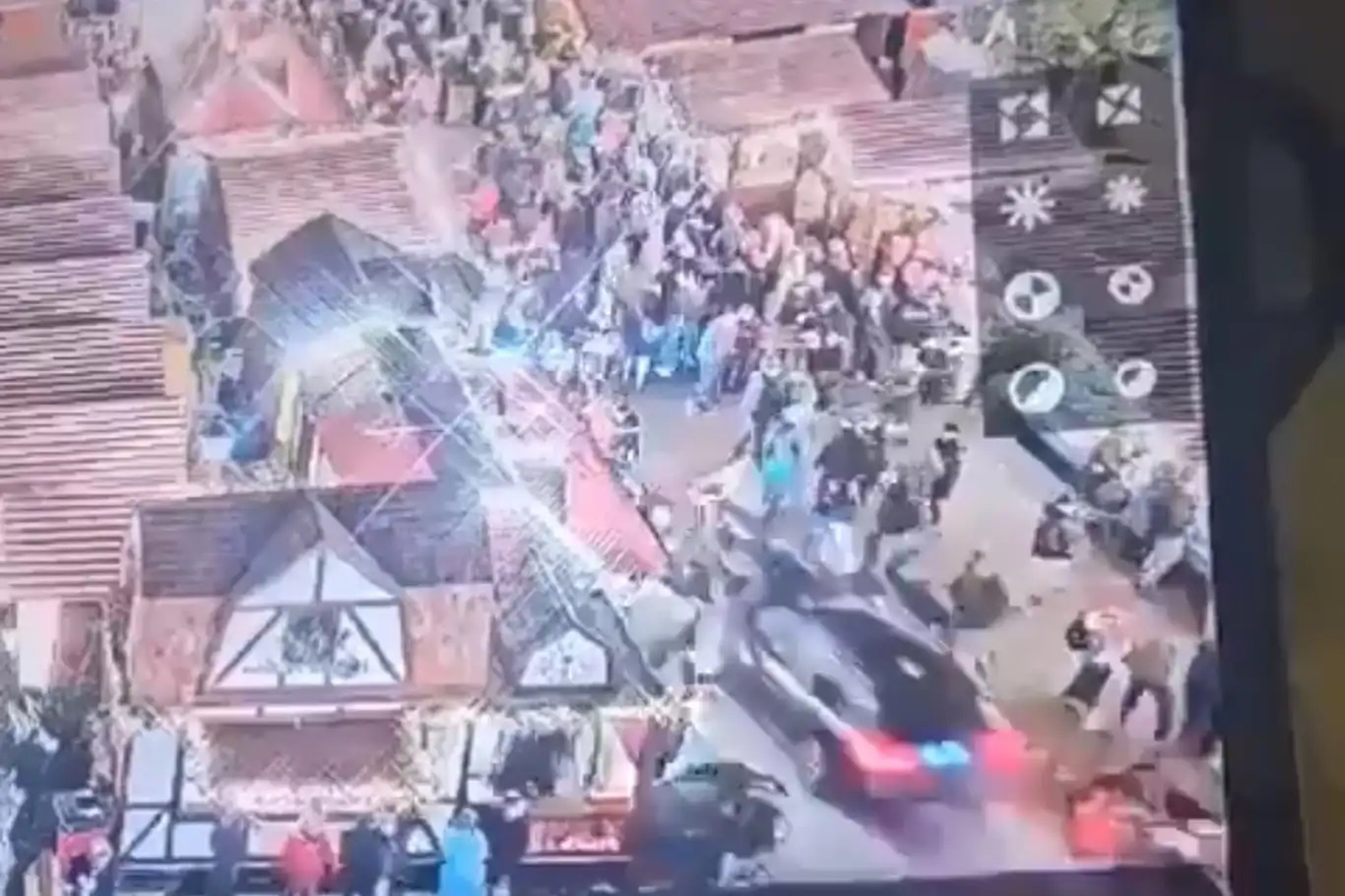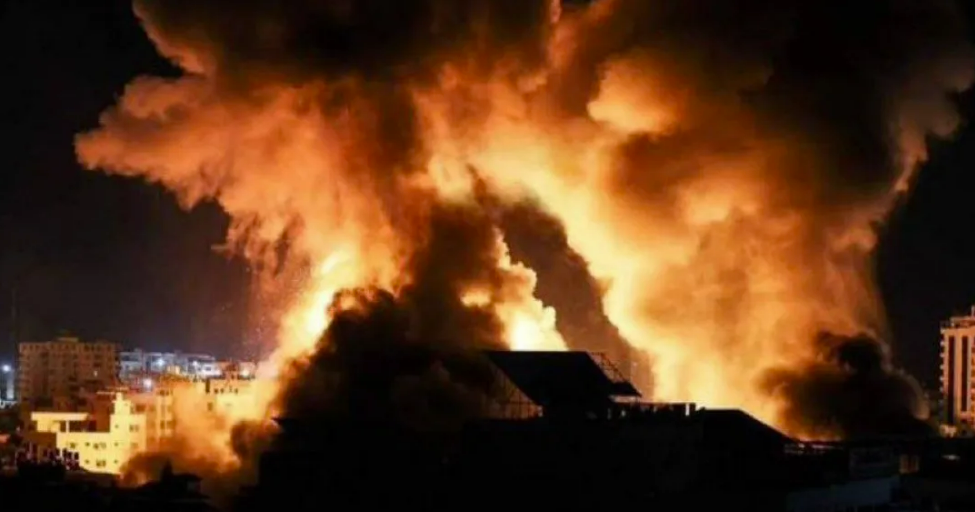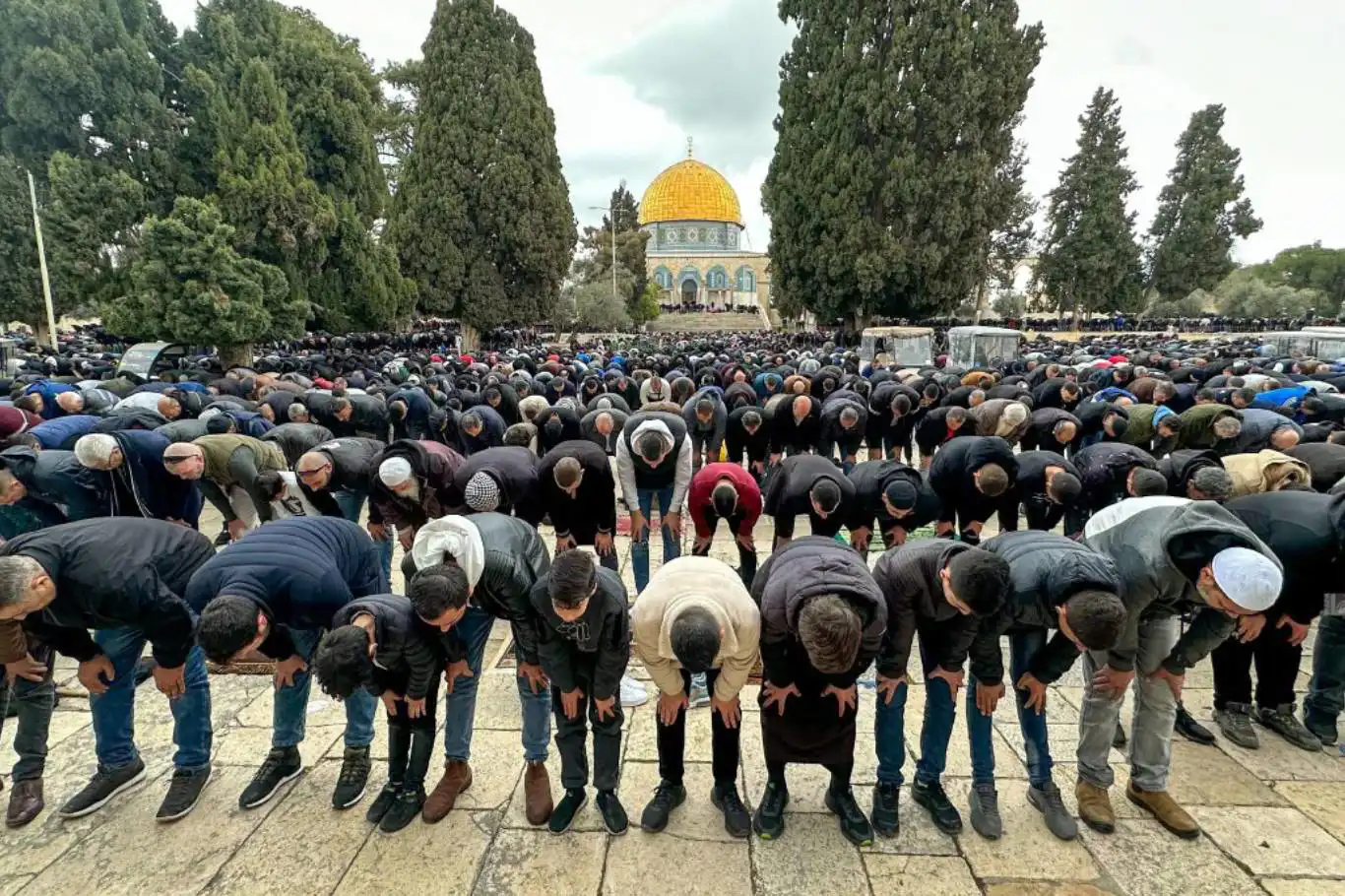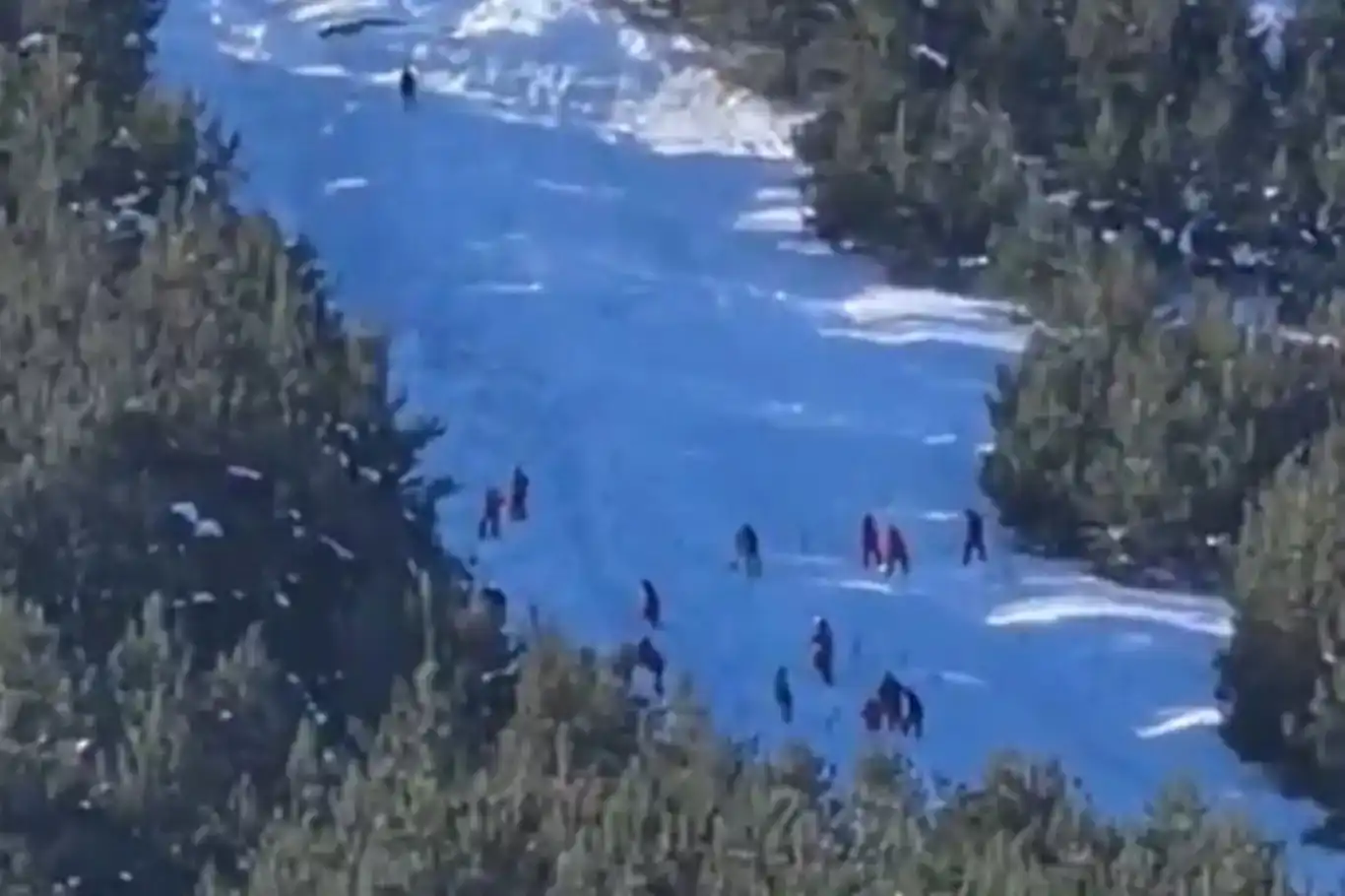The Sabra and Shatila Massacre: A tragic turning point in Palestinian history
The Palestinian people have endured decades of violence and oppression since the Nakba, or "catastrophe," in 1948, when hundreds of thousands were displaced from their homes.

 Google News'te Doğruhaber'e abone olun.
Google News'te Doğruhaber'e abone olun. Among the many massacres and atrocities committed against Palestinians, the Sabra and Shatila massacre stands out as one of the most brutal, leaving a profound mark on the Palestinian collective memory and history.
From September 16 to 18, 1982, a Lebanese militia group, with direct support from the Israeli occupation army, unleashed a wave of terror in the Sabra and Shatila refugee camps on the outskirts of Beirut. Over the course of three days, between 800 and 2,000 Palestinians were massacred, alongside at least 100 Lebanese civilians and Syrians. The victims included men, women, and children who were systematically tortured, raped, mutilated, and killed.
The massacre occurred during Israel’s invasion of Lebanon in 1982, a military operation aimed at destroying the Palestine Liberation Organization (PLO), which had a strong presence in Lebanon at the time. The Israeli forces, under the command of then-Minister of Defense Ariel Sharon, imposed a siege on the camps, allowing the Lebanese Phalange militia, a Christian nationalist group, to enter Sabra and Shatila. The Phalange had long been an ally of Israel, receiving arms, training, and military assistance over the years.
Once the camp was sealed off, the militiamen carried out their gruesome acts with horrifying brutality. Survivors recalled how machine guns, knives, machetes, and axes were used to massacre hundreds of unarmed civilians. The massacre lasted for 72 hours, during which cries for help went unanswered, as the Israeli army maintained control over the perimeter, enabling the violence inside to continue unabated.
The Sabra and Shatila massacre was not the first, nor the last, atrocity committed against Palestinians, but its sheer viciousness and harrowing details marked a pivotal moment. The refugee camps housed families who had already been displaced once before, having fled to Lebanon to escape the 1948 Nakba, when Zionist militias engaged in systematic ethnic cleansing and dispossession. Now, these refugees faced another round of unimaginable violence, this time from a militia supported by the very forces that had driven them from their homeland decades earlier.
International outrage followed the massacre, with global protests and condemnations from various governments and human rights organizations. The United Nations General Assembly, in its 37th session, called for sanctions against Israel in the aftermath. Yet, despite the global condemnation, Ariel Sharon and other key figures in the Israeli leadership evaded serious consequences for their role in enabling the massacre. Sharon, in fact, went on to become Israel’s prime minister in 2001.
The Sabra and Shatila massacre stands as a tragic reminder of the vulnerability and suffering of the Palestinian people, who have been caught in cycles of violence, displacement, and oppression for over seven decades. It also serves as a sobering example of the complicity and impunity that often accompany such atrocities, as global powers fail to hold perpetrators accountable.
For Palestinians, the Sabra and Shatila massacre was not just another chapter of suffering but a turning point, exposing the depths of cruelty they could face in exile. It underscored the international community's failure to protect them, and the lingering scars of the massacre continue to fuel the Palestinian struggle for justice and the right to return to their homeland. (ILKHA)





























